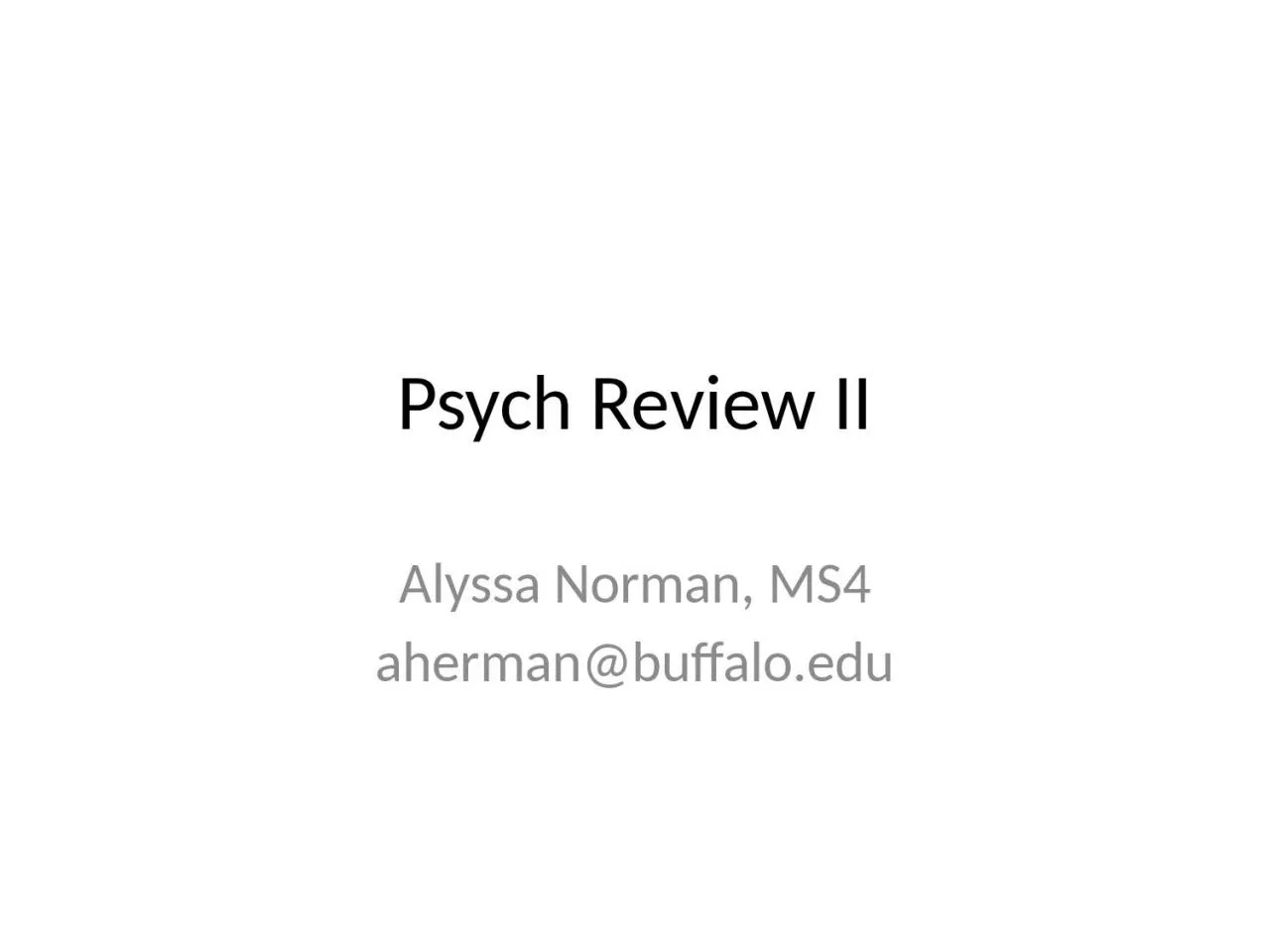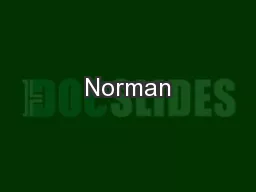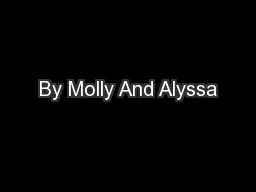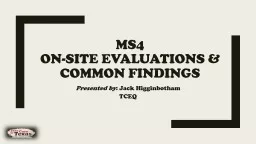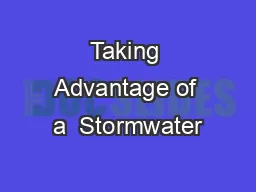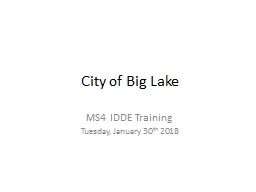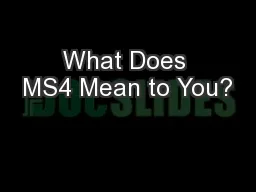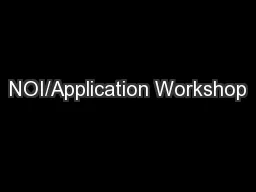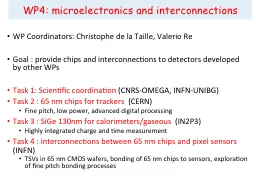PPT-Psych Review II Alyssa Norman, MS4
Author : martin | Published Date : 2024-03-13
ahermanbuffaloedu Intoxication amp Withdrawal Substance Use Disorder problematic pattern of substance use leading to significant impairment or distress over 12
Presentation Embed Code
Download Presentation
Download Presentation The PPT/PDF document "Psych Review II Alyssa Norman, MS4" is the property of its rightful owner. Permission is granted to download and print the materials on this website for personal, non-commercial use only, and to display it on your personal computer provided you do not modify the materials and that you retain all copyright notices contained in the materials. By downloading content from our website, you accept the terms of this agreement.
Psych Review II Alyssa Norman, MS4: Transcript
Download Rules Of Document
"Psych Review II Alyssa Norman, MS4"The content belongs to its owner. You may download and print it for personal use, without modification, and keep all copyright notices. By downloading, you agree to these terms.
Related Documents

